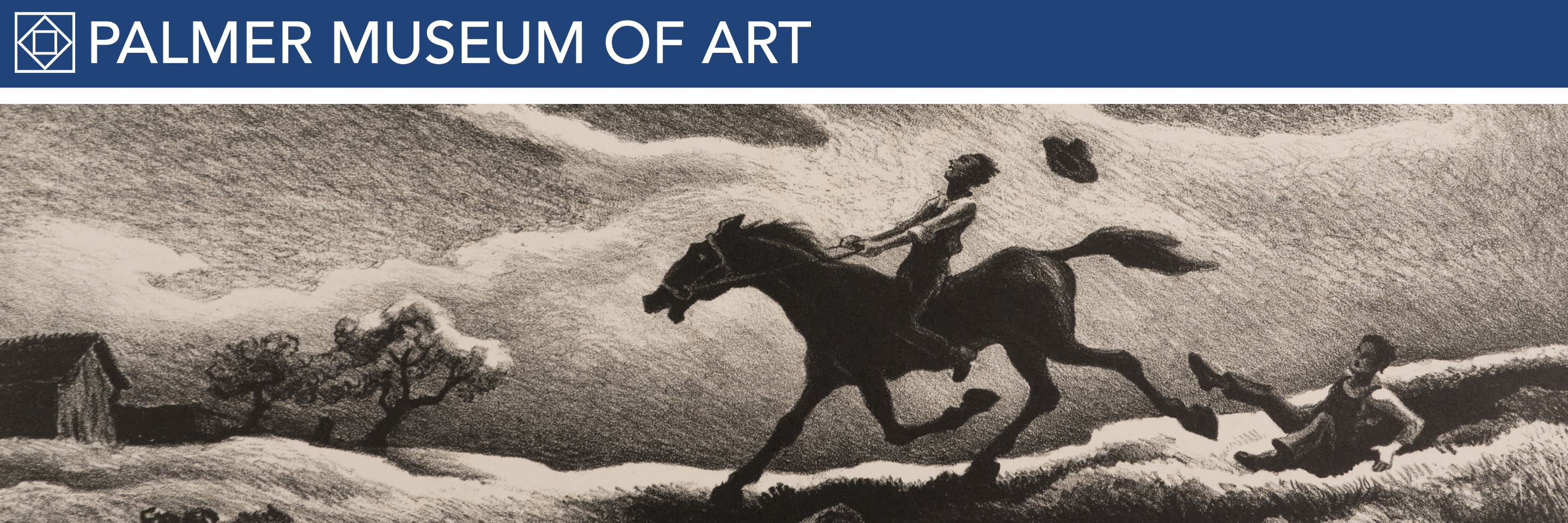St. Thais
Item
Title
St. Thais
Creator
Parmigianino
Italian, 1503–1540
Italian, 1503–1540
Date
c. 1524–30
Materials
Etching
Measurements
5-1/16 x 3-9/16 in. (12.7 x 9 cm)
Description
Insects can be a serious threat to works on paper. For prints such as the Parmigianino St. Thais on view here, the culprits were likely silverfish, which ate their way through a portion of the image to get at the sizing, the natural glue or gelatin employed during the papermaking process to limit the paper’s absorbency. The damage evident in the accompanying pre-treatment photograph was limited for the most part to the upper and lower right corners of the etching; however, at one time it was probably so extensive that a previous owner was forced to trim a good portion of the entire right side (the print was originally nearly a full inch wider) and then repair the remaining losses by attaching smaller pieces of paper to each corner.
When sent for treatment, the conservator was able to remove much of the brown discoloration near the center of the image by washing the print several times in calcium-enriched water. To address the damage in the corners, she replaced the old repairs with Japanese paper and then toned and inpainted with water-soluble pigment to match the original design. As with all restorations by competent conservators, the repairs, while aesthetically superior to the pre-treatment condition of the etching, remain identifiable and wholly reversible should the museum’s future exhibition or conservation needs require that the effort be revisited.
When sent for treatment, the conservator was able to remove much of the brown discoloration near the center of the image by washing the print several times in calcium-enriched water. To address the damage in the corners, she replaced the old repairs with Japanese paper and then toned and inpainted with water-soluble pigment to match the original design. As with all restorations by competent conservators, the repairs, while aesthetically superior to the pre-treatment condition of the etching, remain identifiable and wholly reversible should the museum’s future exhibition or conservation needs require that the effort be revisited.
Source
Palmer Museum of Art, The Pennsylvania State University, Gift of Mrs. Francis E. Hyslop Jr., from her husband's collection and given in his memory.
Identifier
82_89
Rights
This image is posted publicly for non-profit educational uses, excluding printed publication. Other uses are not permitted.

